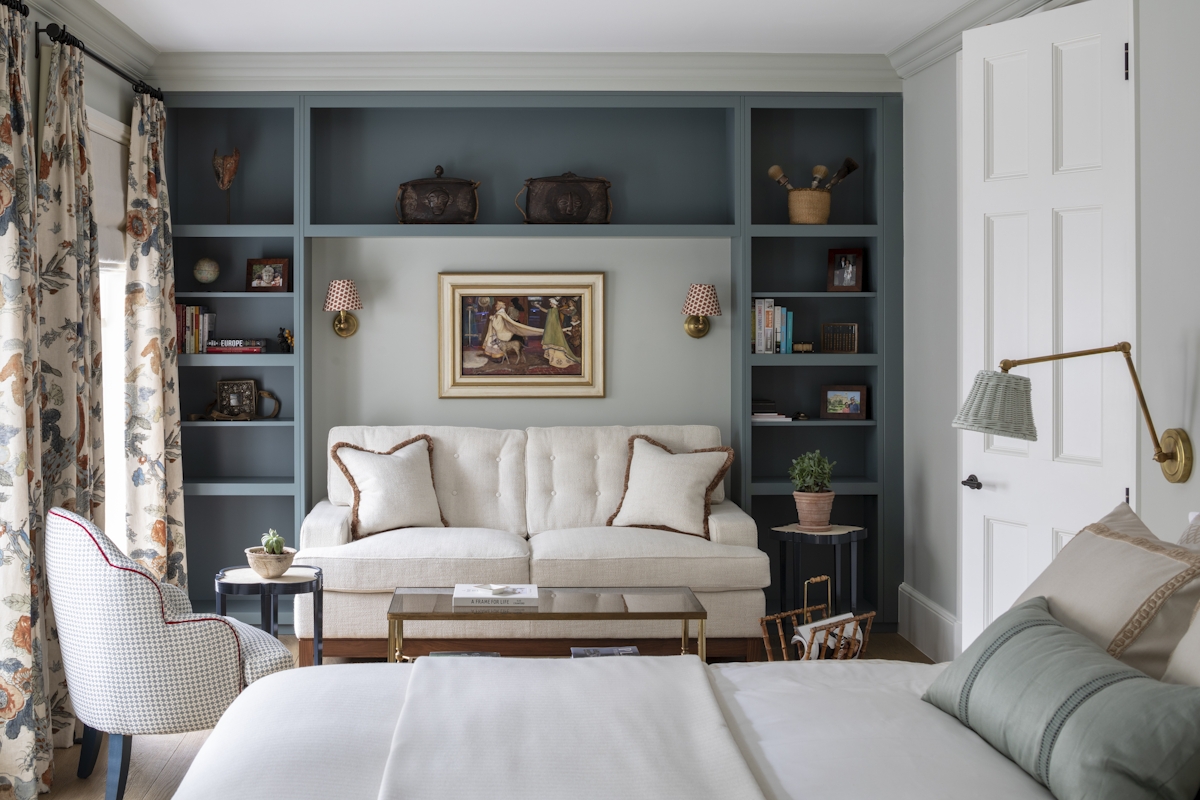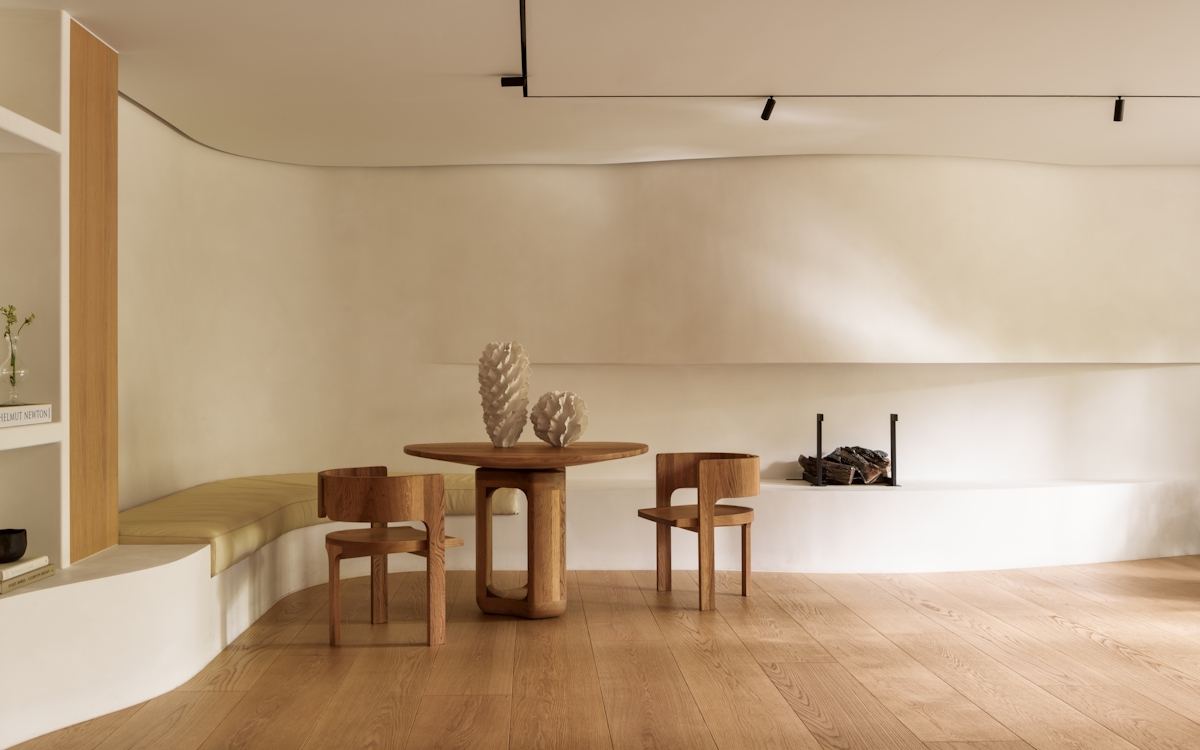The beauty of brilliant design is that it lasts. Timeless and enduring, quality pieces crafted with skill will always last a lifetime; these are pieces to treasure. For many of us, it is antiques that best summarise these pieces, perhaps collected over time or handed down through generations, though they can prove a challenge to style, particularly in the more modern home.
Like many interior designers, Kitesgrove recognises that incorporating antiques into their spaces—including modern schemes—can bring added character, depth and a touch of culture. Sourcing unique and unexpected pieces which can be mixed with contemporary finds is what allows the team to create indulgent, calm and inviting homes that value longevity over short-lived wow factor.
With a recently renewed interest in traditional design in the world of interiors, Kitesgrove have fully embraced the resurgence in the popularity of antiques. Here, the design studio’s Head of Design, Clara Ewart, reveals her tips for decorating with antiques.




